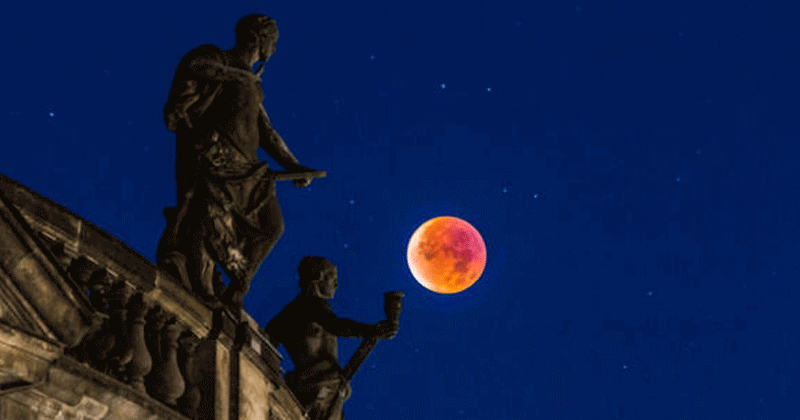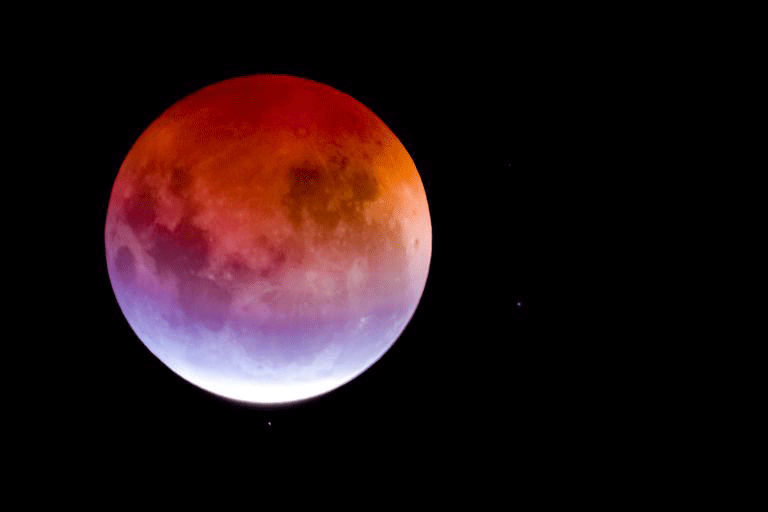
In exactly a month, if we are lucky and there is no thick cloud cover, we may have a chance to see a blood moon once again, as the ‘largest lunar eclipse this century’ is expected to be witnessed on July 27, 2018.
This eclipse will be the longest in this century and is expected to last for more than 100 minutes. It is expected to occur on July 27-28 at 7.30 pm UTC (12 am IST) and end at 9.13 pm UTC (1.43 am IST).
At what time will you see the moon?
The eclipse won’t be visible to viewers in North America, except via webcasts. But observers in much of Africa, the Middle East, southern Asia and the Indian Ocean region will get an eyeful, given the cooperative weather, according to lunar scientist Noah Petro, of NASA’s Goddard Space Flight Center in Greenbelt, Maryland.

READ ALSO: India to launch space program to find nuclear fuel on the Moon
How to watch lunar eclipse 2018 online?
As of now, the eclipse can be seen only on https://www.timeanddate.com/live/. NASA might also cover the live event on their official site.
The moon is called the blood moon because of the red colour of the moon seen by people. It happens because, when the sunlight enters Earth’s atmosphere which is blocking, the light gets refracted in such a way that the green to violet wavelengths on the visible spectrum scatter more strongly than the red, thus giving the moon a reddish cast.
Additionally, the moon will be at a farther point from Earth along its orbit, EarthSky pointed out. That means the moon will appear slightly smaller in the sky and will take a little bit longer to go through Earth’s shadow, Space.com reported.
For those that may not be in the know, a blood moon is a very rare astronomical phenomenon that takes place because of a lunar eclipse, which happens when the earth comes in line between the sun and the moon. As sunlight passes through the atmosphere of Earth, the gaseous layer refracts the rays in a way that the green to violet wavelengths on the observable spectrum disperse more strongly than the red, thereby giving the Moon a reddish hue.
This lunar eclipse will be visible to people located in the eastern hemisphere, so Europe, Asia, Africa and Australia will get to witness the blood moon. Those living in Europe and Africa will be able to see the eclipse during the evening while people in Asia and Australia can see it in the early hours of the morning.

Post Your Comments